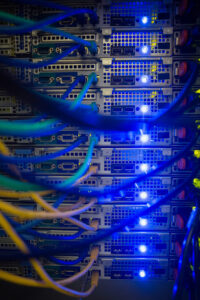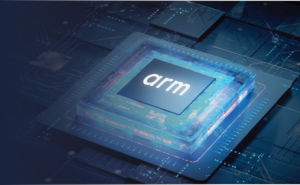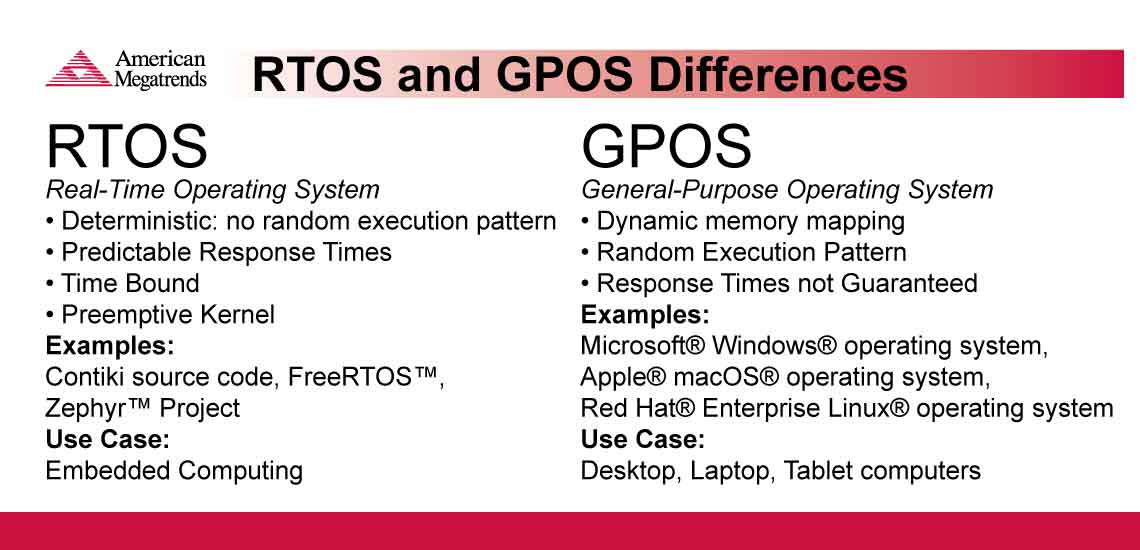RTOS
Real-Time Operating System
- Deterministic: no random execution pattern
- Predictable Response Times
- Time Bound
- Preemptive Kernel
Examples:
Contiki source code, FreeRTOS™, Zephyr™ Project
Use Case:
Embedded Computing
GPOS
General-Purpose Operating System
- Dynamic memory mapping
- Random Execution Pattern
- Response Times not Guaranteed
Examples:
Microsoft® Windows® operating system, Apple® macOS® operating system, Red Hat® Enterprise Linux® operating system
Use Case:
Desktop, Laptop, Tablet computers
Microsoft® and Windows® are registered trademarks of Microsoft Corporation in the United States and/or other countries.
Apple® and macOS® are trademarks of Apple Inc., registered in the U.S. and other countries.
Red Hat® Enterprise Linux® is a trademark or registered trademarks of Red Hat, Inc. or its subsidiaries in the United States and other countries.
Zephyr™ is a trademark of The Linux Foundation.
Linux® is the registered trademark of Linus Torvalds in the U.S. and other countries.
FreeRTOS™ and FreeRTOS.org™ are trade marks of Real Time Engineers Ltd.
Contiki is an open source operating system for the Internet of Things. https://www.contiki-os.org






